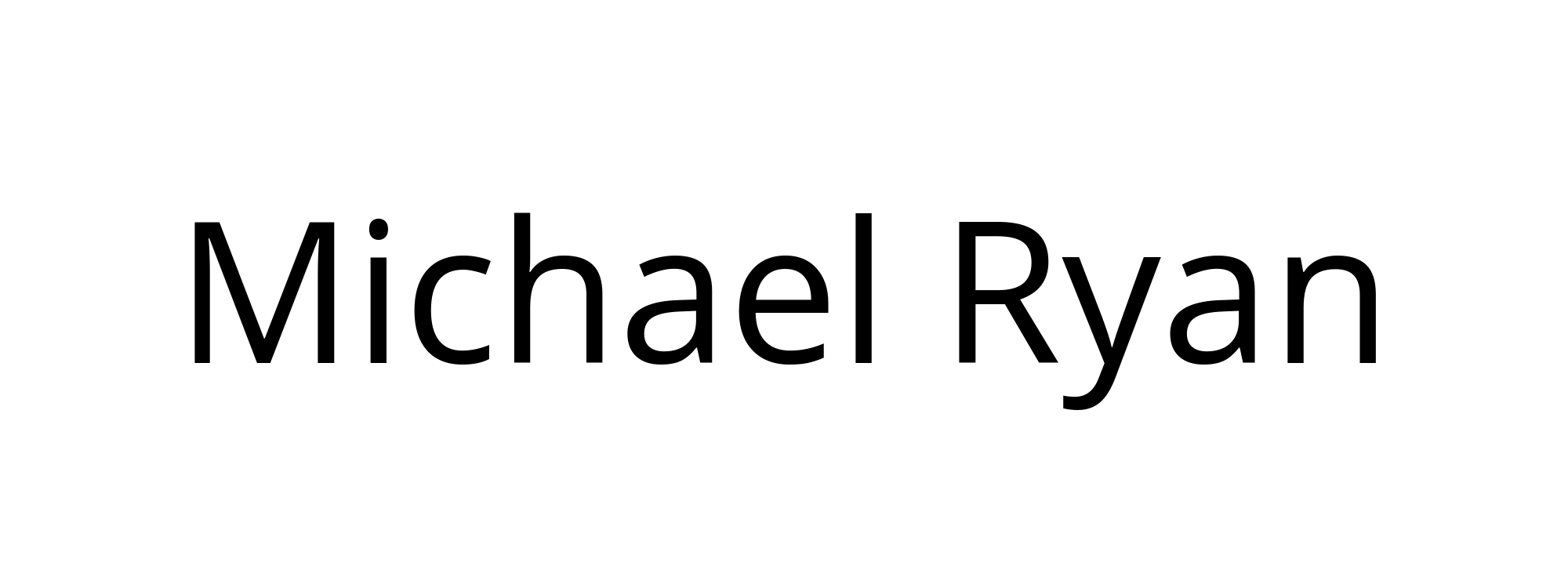Description
The original oil painting on linen (100 x 120 cm.) was executed in 2013 and hangs in a private collection here in Amsterdam:
“My private dutch lessons in Amsterdam involved parking within my permit area and then walking 20 minutes to my teacher’s home. In the autumn as I returned at sunset to the car I was always mesmerized by the soft, shimmering atmosphere of the canal as I crossed the ‘Koekjesbrug’ (literally: Cookie Bridge-the Dutch can be so cute). I often stopped and enjoyed the magic of the moment while jotting down written and drawn impressions in my sketchbook. Eventually, the painting “Evening fall on the Koekjesbrug” appeared.
General points for handling your giclée print
It is recommended taking your print directly to the framer, in its packaging. However, if you want to unpack your print at home, here are some general handling guidelines:
Use clean, dry hands at all times to handle your print (or, even better, white cotton gloves) as skin oils can stain the paper;
Use two hands to support your print so it will not bend as dents and creases in the print are also likely to be permanent;
Hold your giclée print only at the very edges of the paper to avoid finger-smudges on the face of the print which will be very difficult or impossible to remove;
Use a clean and dry, flat, smooth and hard surface for laying your print out (face up);
Keep your new giclée print covered with the acid-free tissue paper (or the acid-free protective sleeve for smaller prints) in which it was packed by us, until it is framed, to avoid damage.
Framing your giclée print
As this print is a night scene I recommend not using a white passe-partout or mat. A toned passe-partout will allow the light present in the image to be seen most effectively.
Ask for archival, acid-free materials for mats and backing, as this will add to the life of the print.Non-reflective glass – ideally UV protected – is also definitely worth the additional investment for displaying and protecting your print. As the signature is on the reverse side, ask your framer to allow an opening behind the frame to permit viewing.
As with any piece of fine art, giclée prints should be displayed in indirect lighting conditions and away from any contact with moisture.
